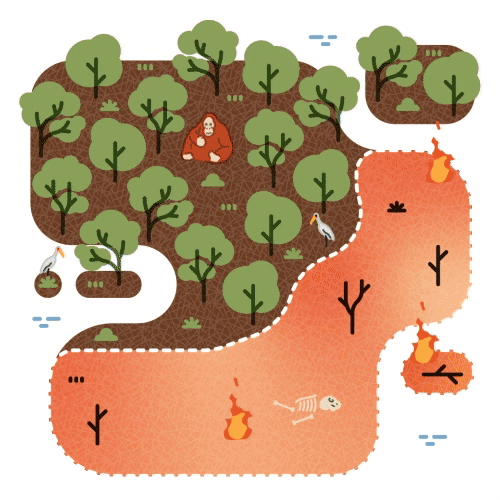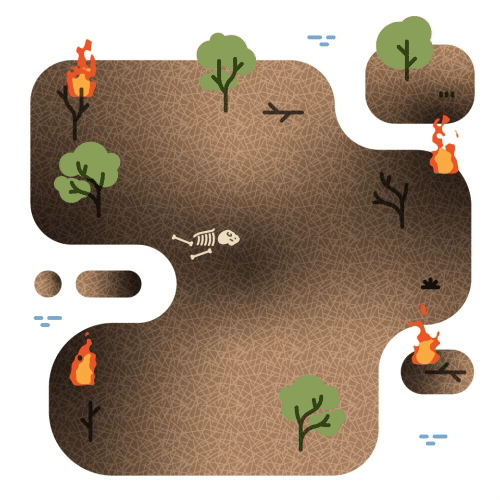Peat mapping
Peat mapping is necessary to determine the total area of peatlands in Indonesia and the priority restoration target areas. Identifying the type, depth, and severity of degraded peatland is a crucial first step in peat restoration. Mapping, combined with field verification, is important to determine the most appropriate restoration efforts for each type of peatland.




